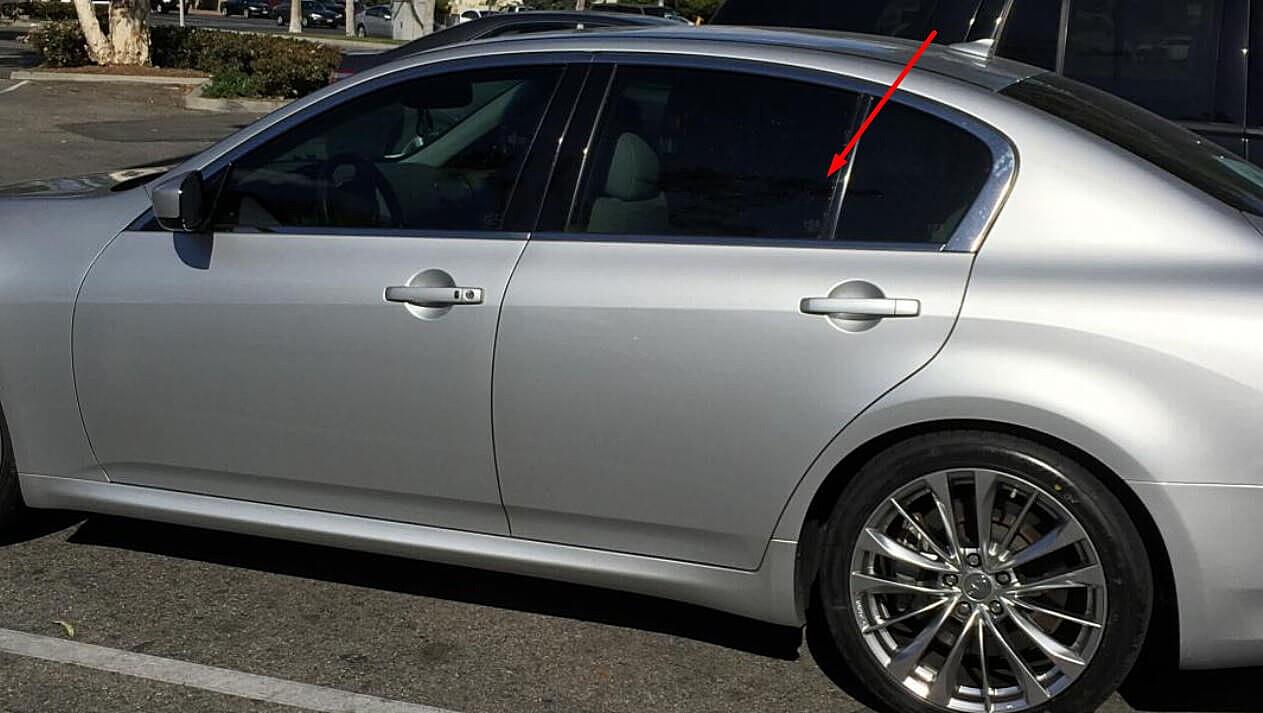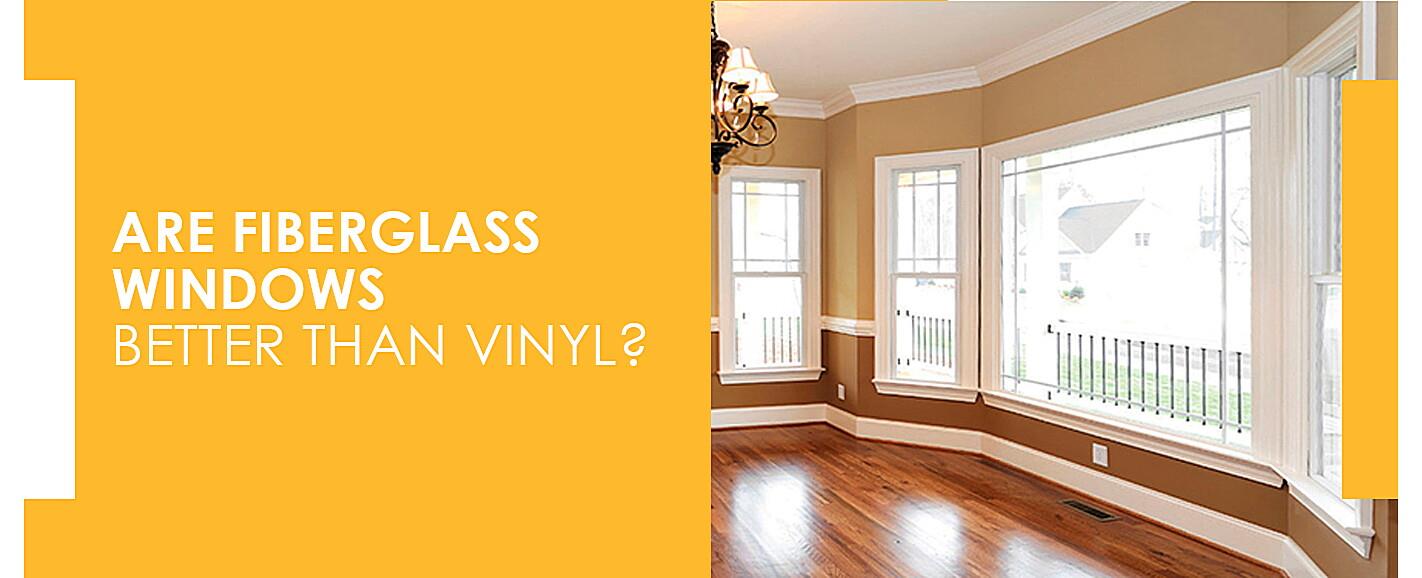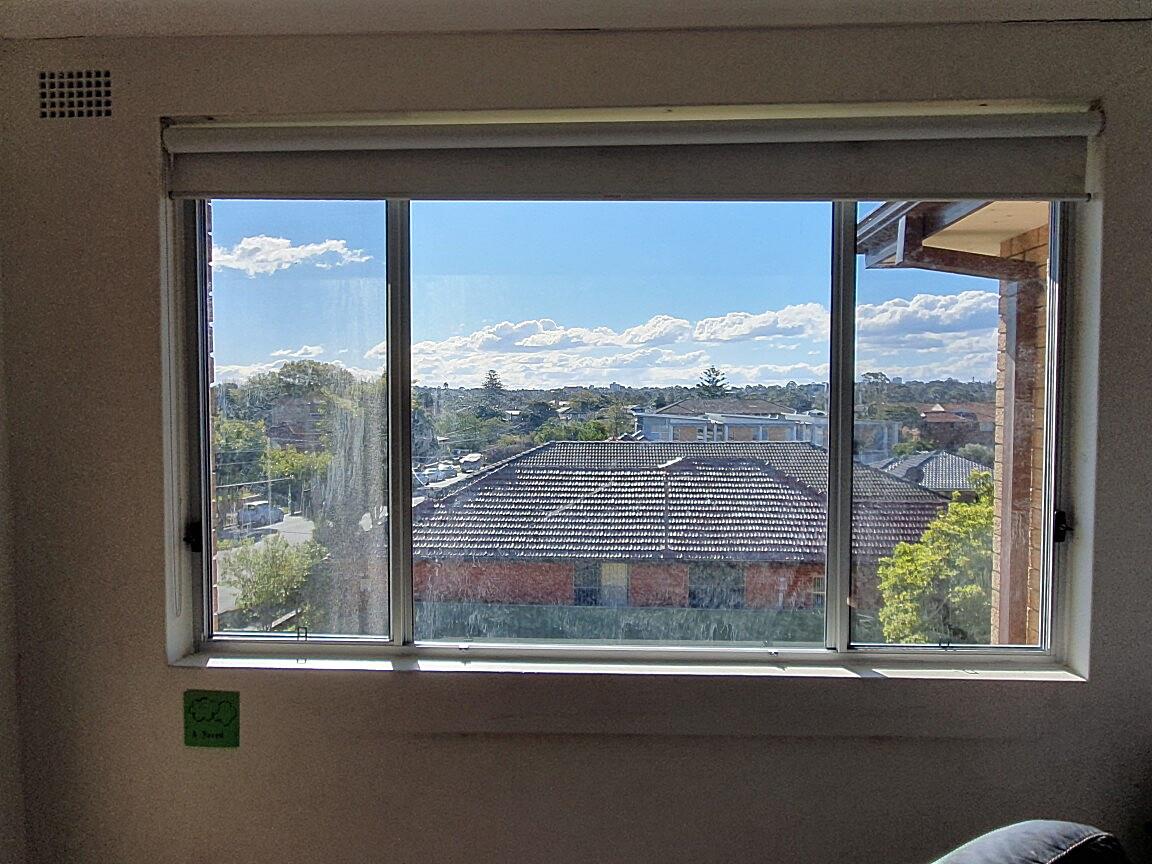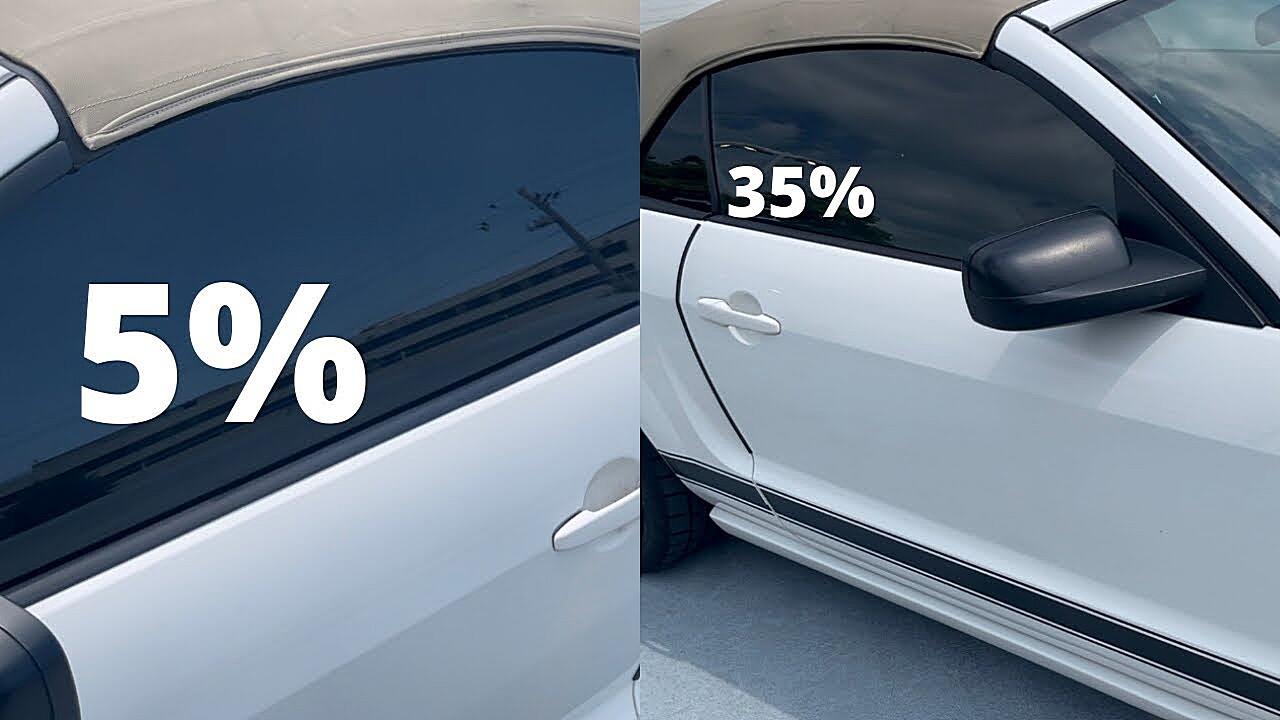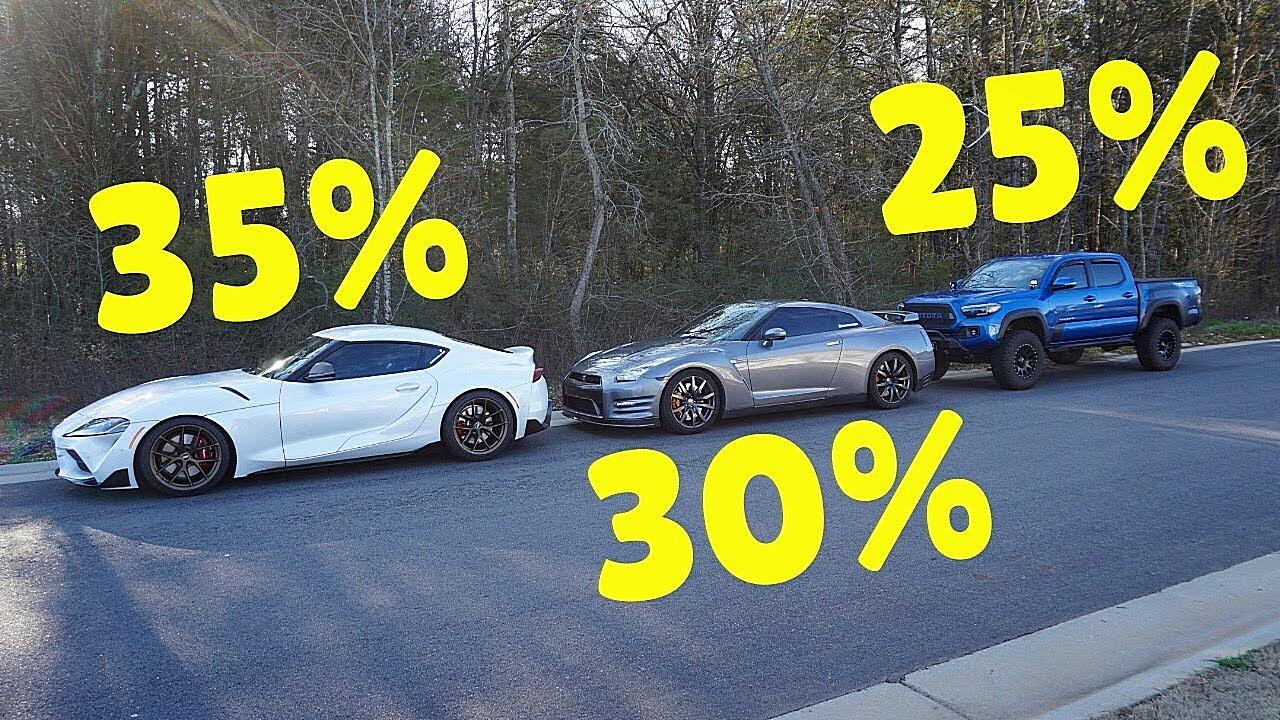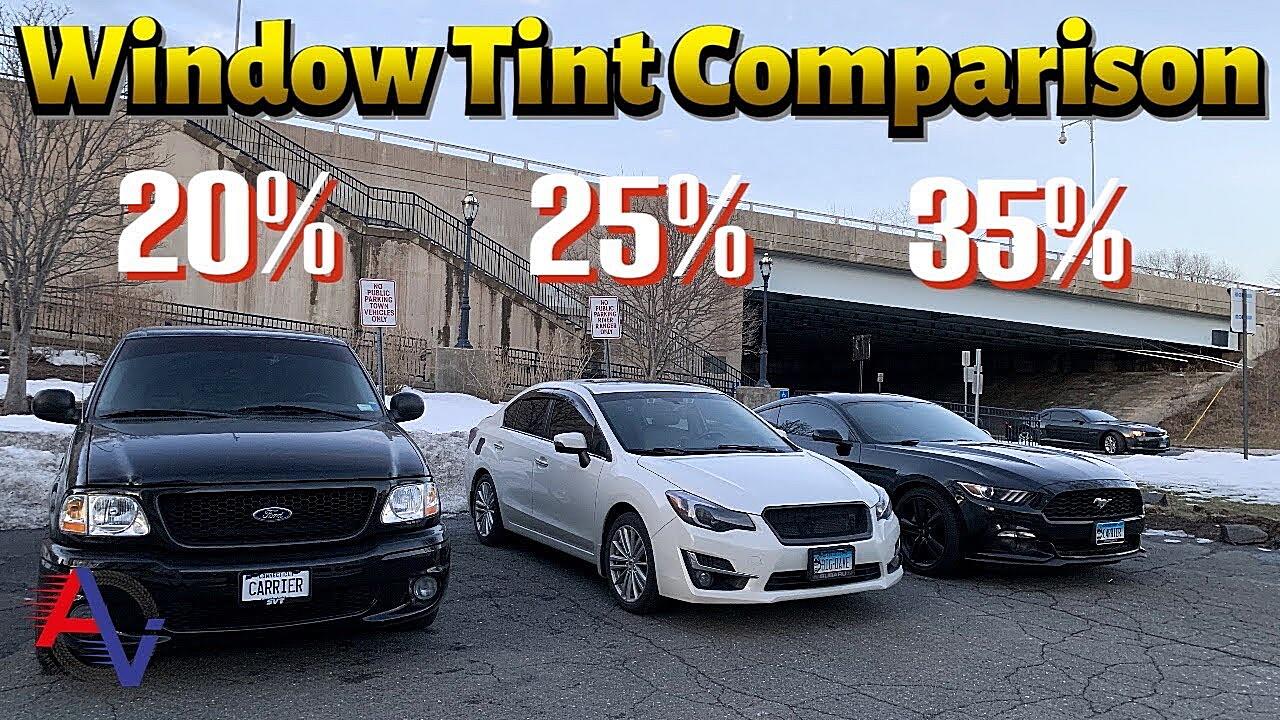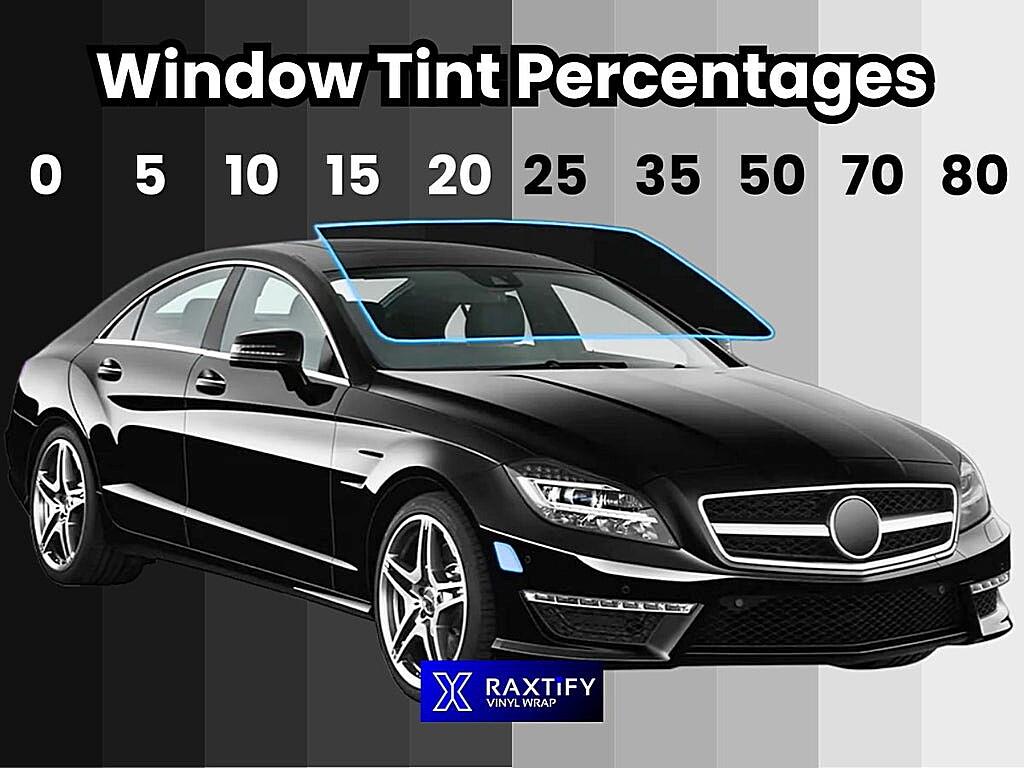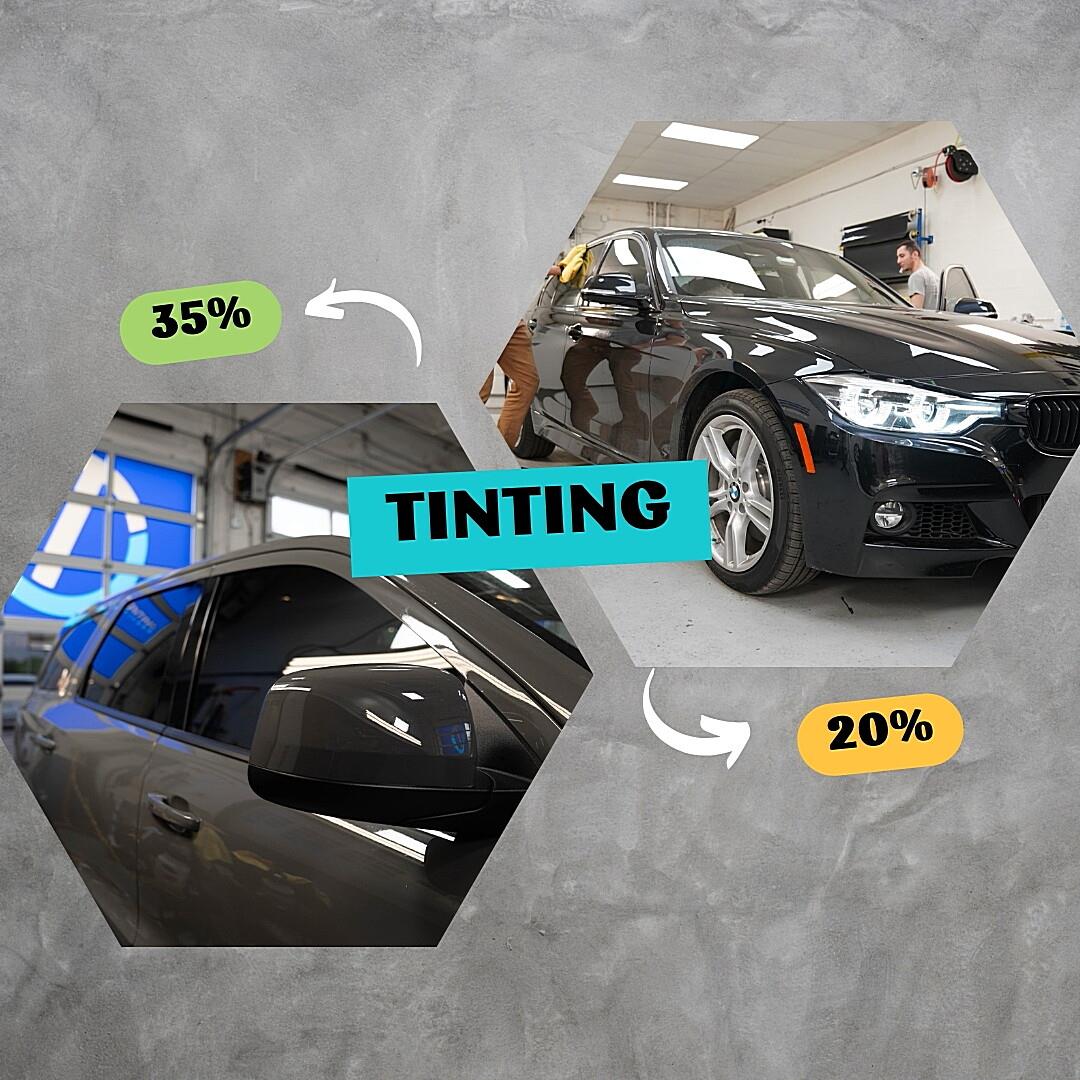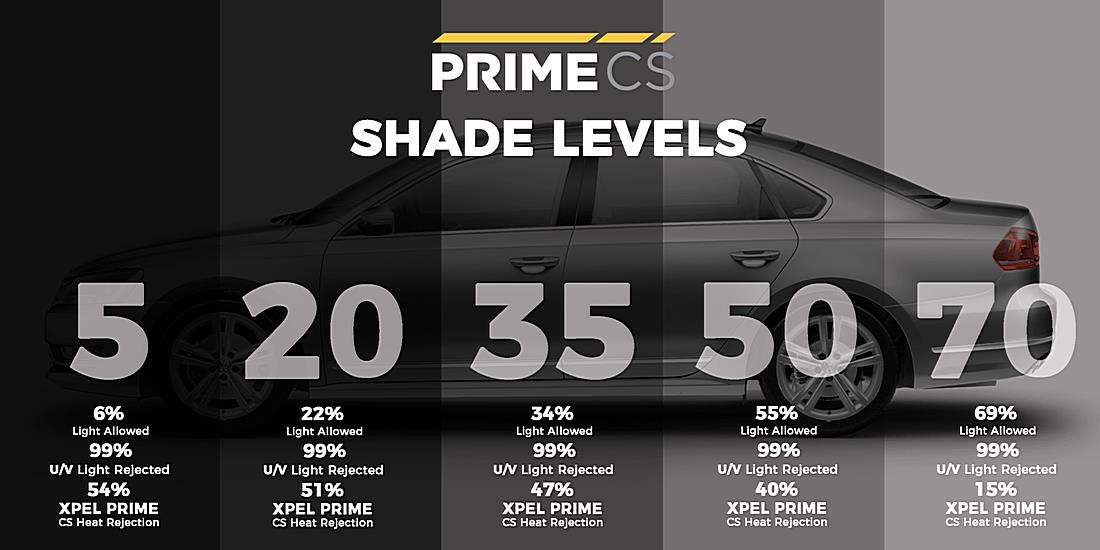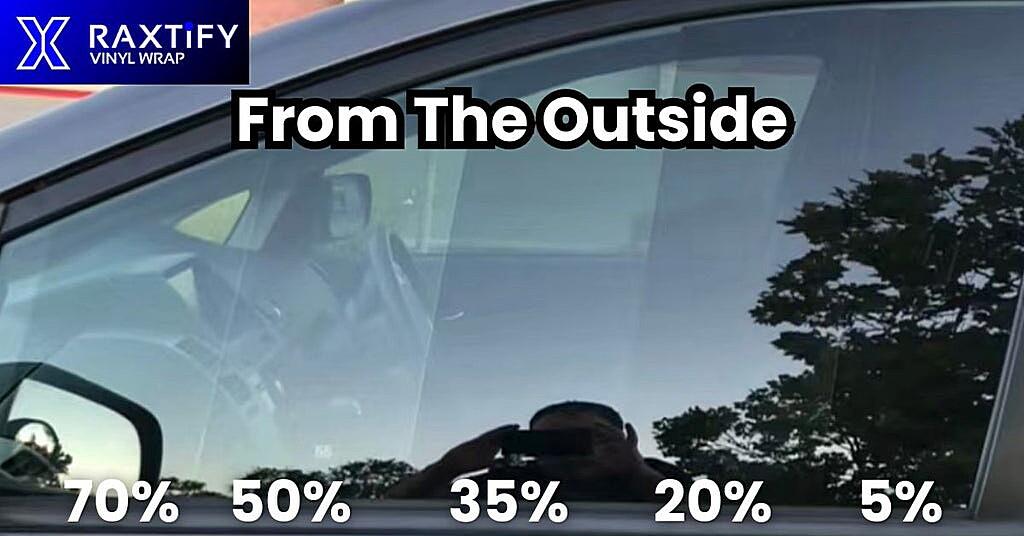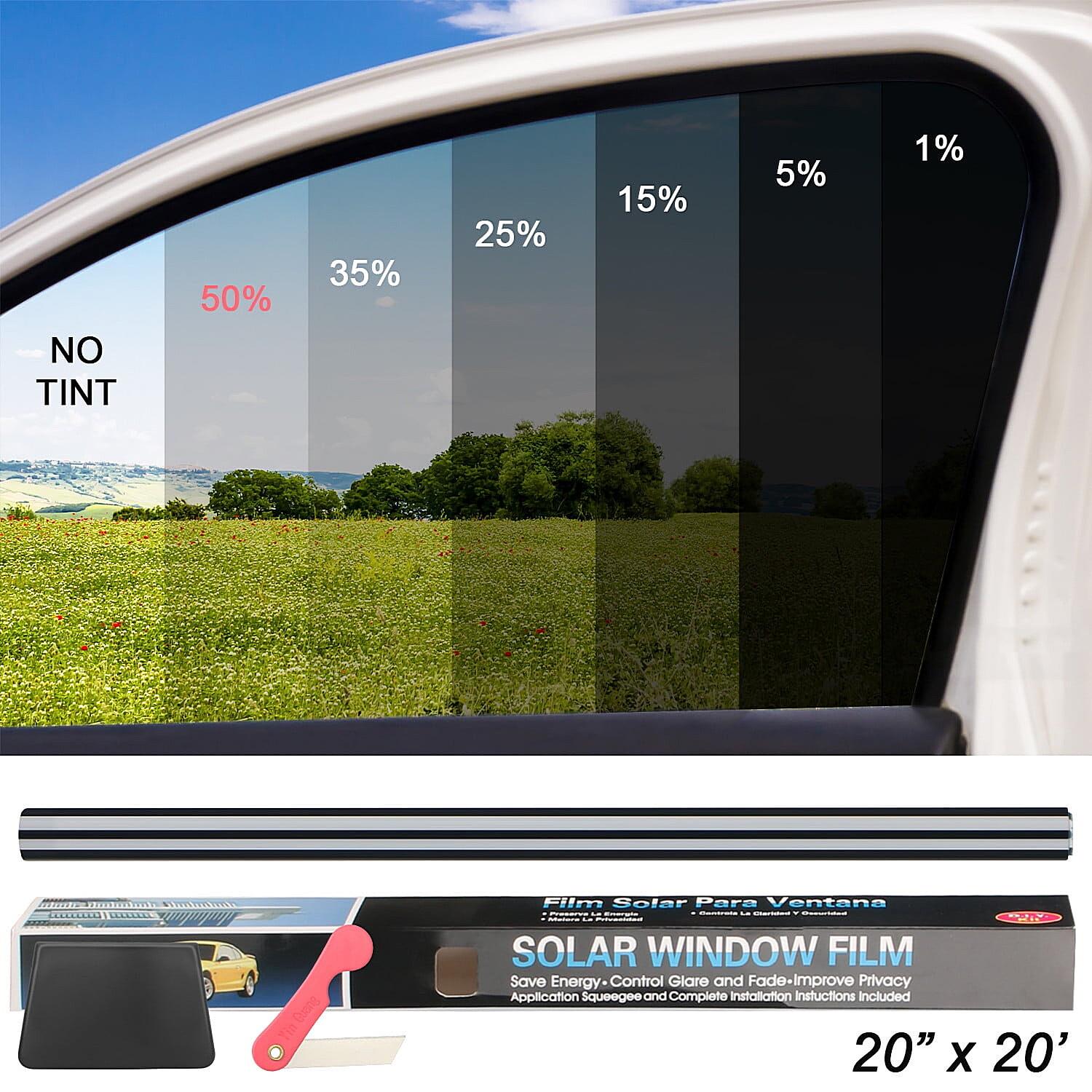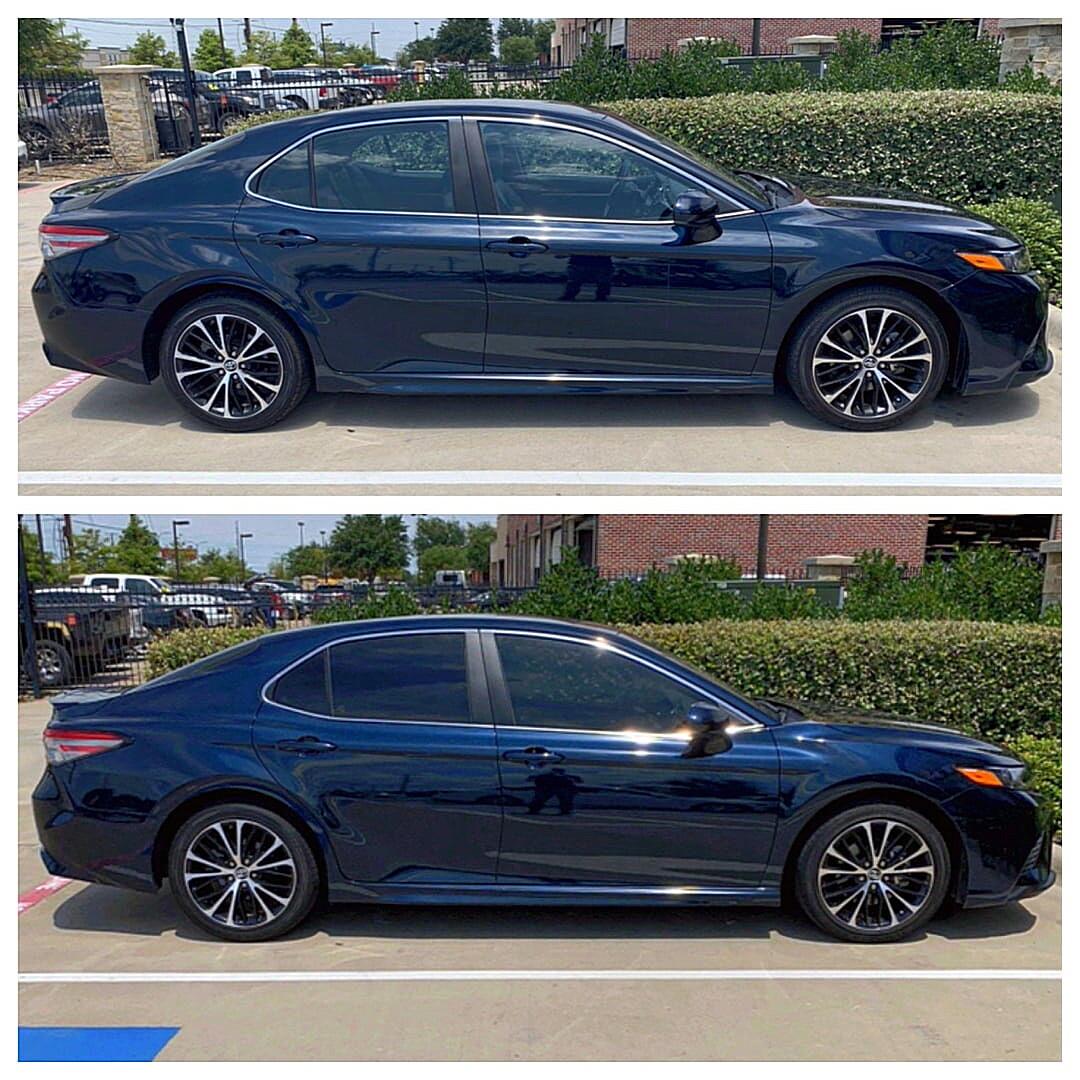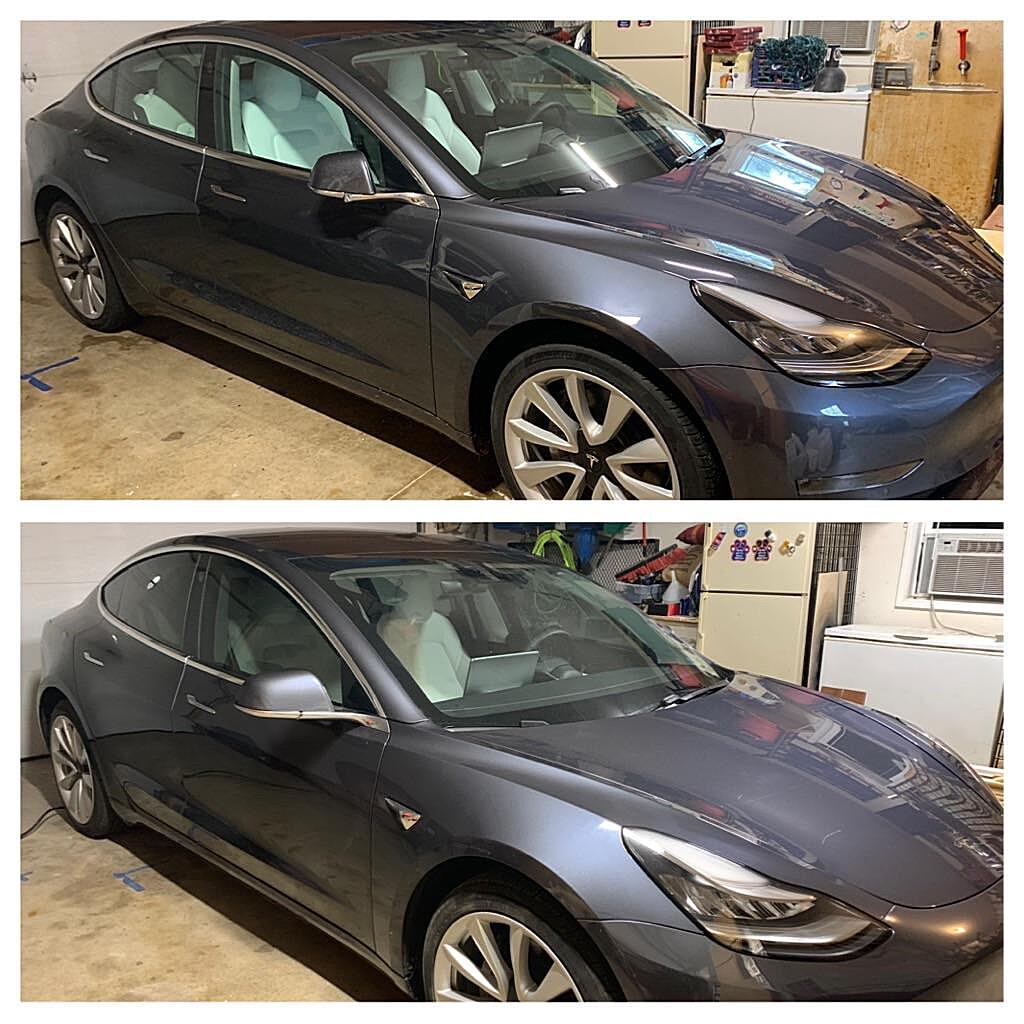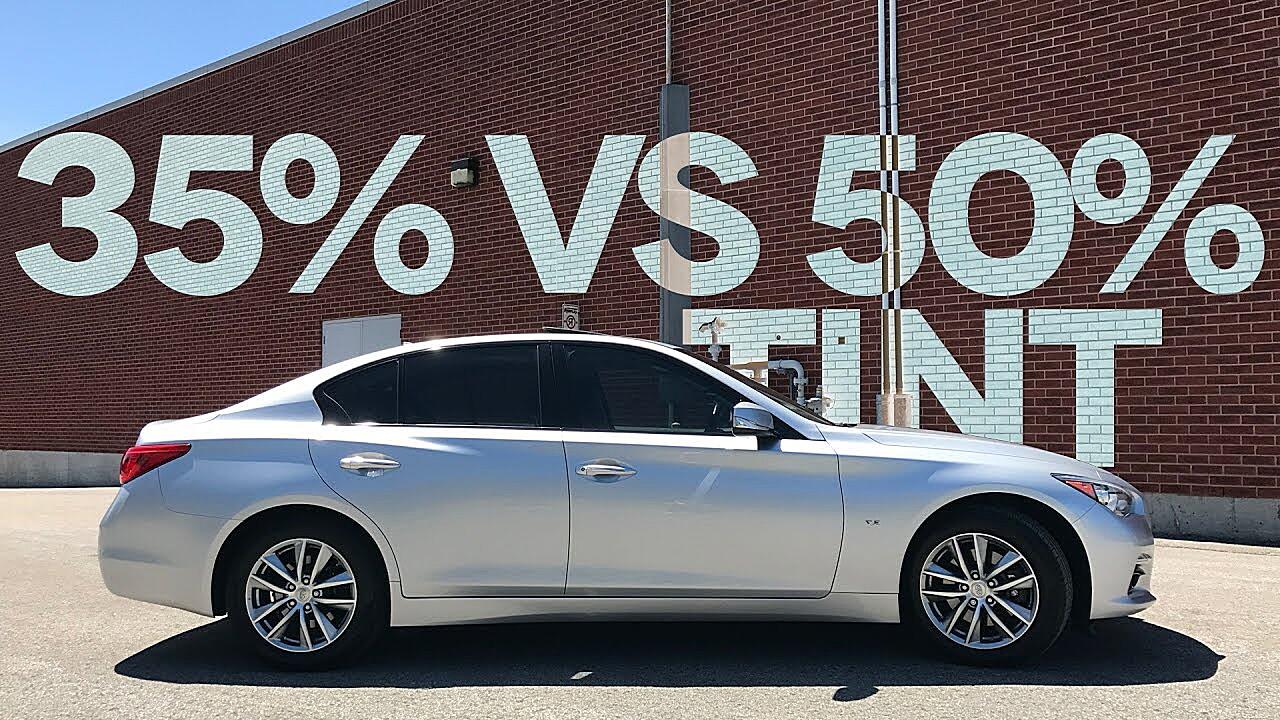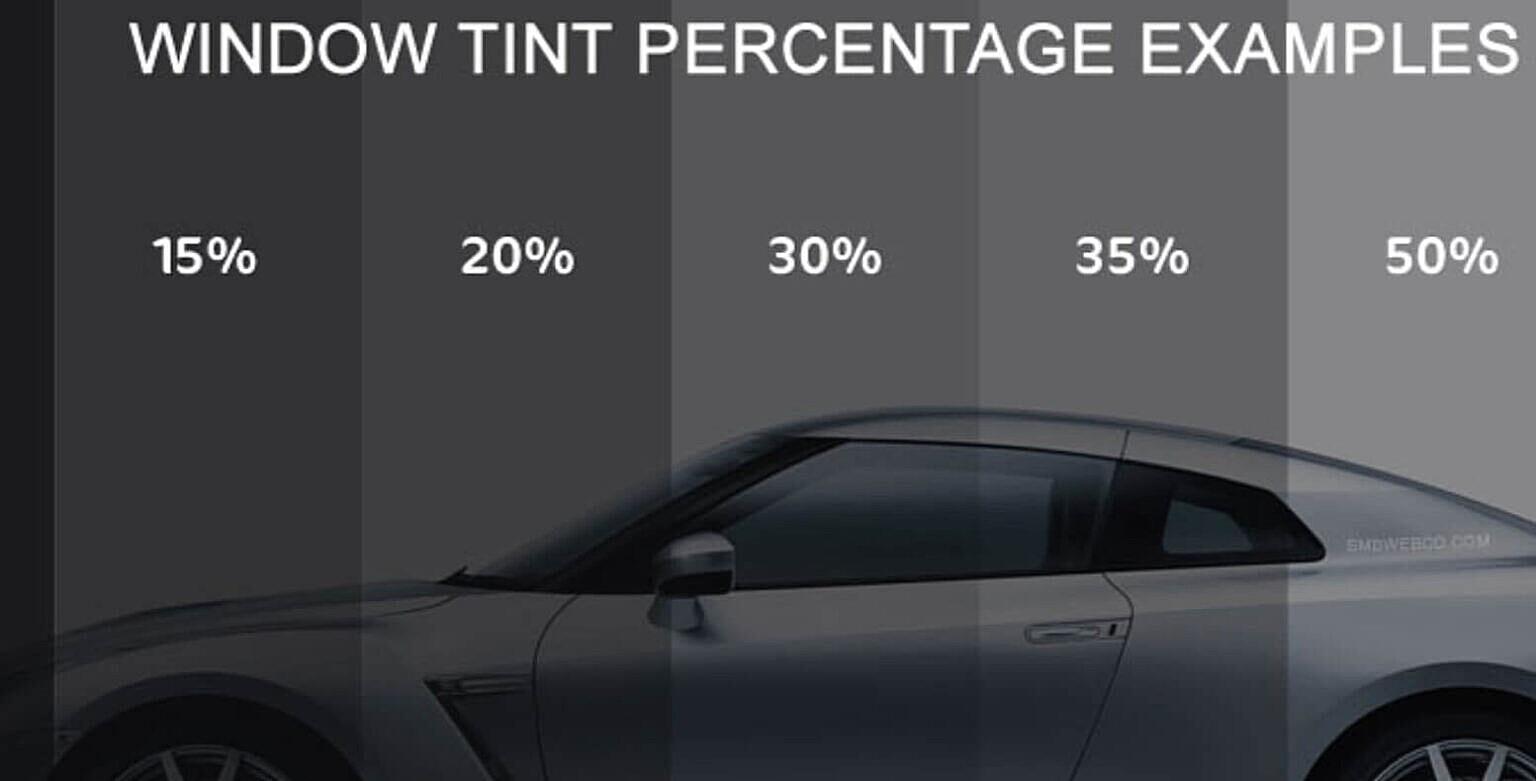Decoding Window Tint
1. Understanding the Basics of Window Tint
So, you’re diving into the world of window tinting, huh? Welcome to the club! It’s a world of percentages and light transmission, and it can feel like you’re trying to decipher a secret code. But fear not, because we’re here to break it down in plain English. The key thing to remember is that the percentage refers to how much light the tint lets through. Lower percentage means less light gets through, so it’s a darker tint.
Think of it like sunglasses for your car (or home, or office… wherever you’re planning to tint). The darker the lenses, the less sunlight reaches your eyes. Window tint works the same way. The percentage number indicates Visible Light Transmission (VLT). A 5% tint is limo-dark, letting in a tiny sliver of light, while a 70% tint is barely noticeable.
Why does this matter? Well, apart from looking cool (let’s be honest, it’s a major factor), window tinting offers a bunch of benefits. It reduces glare, protecting your eyes from the harsh sun. It can also block UV rays, preventing your interior from fading and protecting your skin. Plus, it helps regulate temperature, keeping your car cooler in the summer and warmer in the winter. Basically, it’s a win-win-win situation.
But before you rush out and get your windows tinted the darkest shade possible, there’s a crucial factor to consider: legality. Tint laws vary from state to state (and even sometimes by vehicle type), so you need to know what’s allowed in your area. Getting a tint that’s too dark can land you a ticket, which definitely defeats the purpose of looking cool. Check your local regulations before making any decisions!
